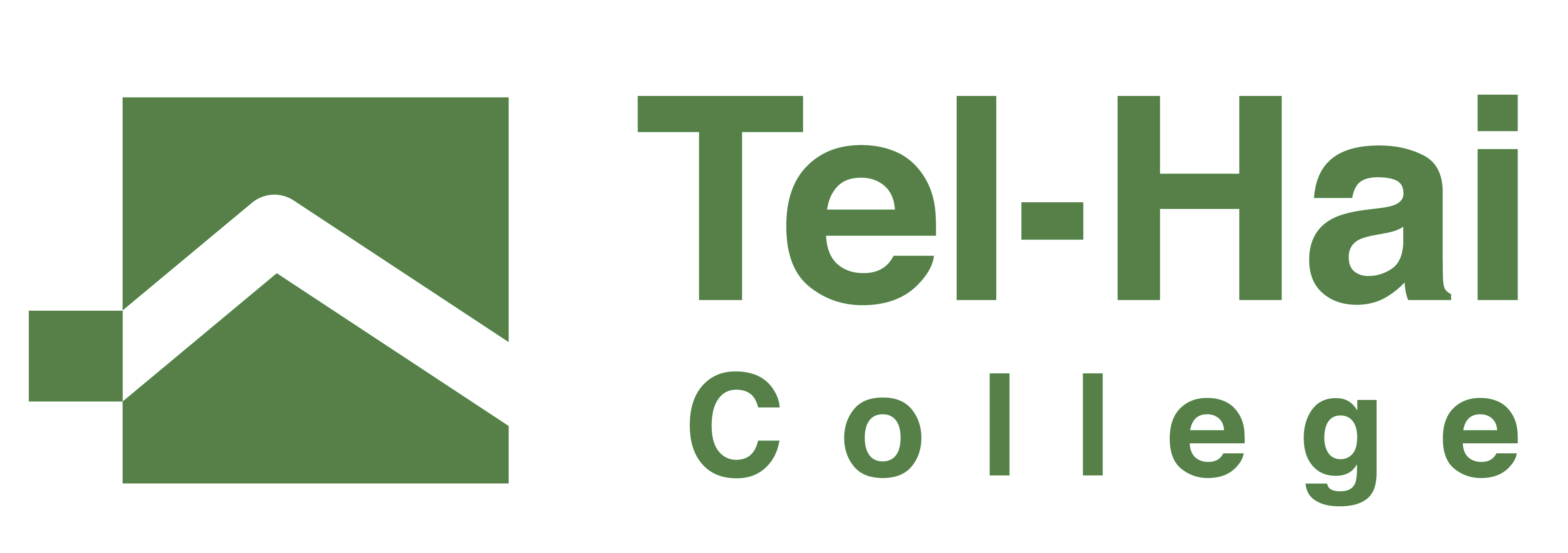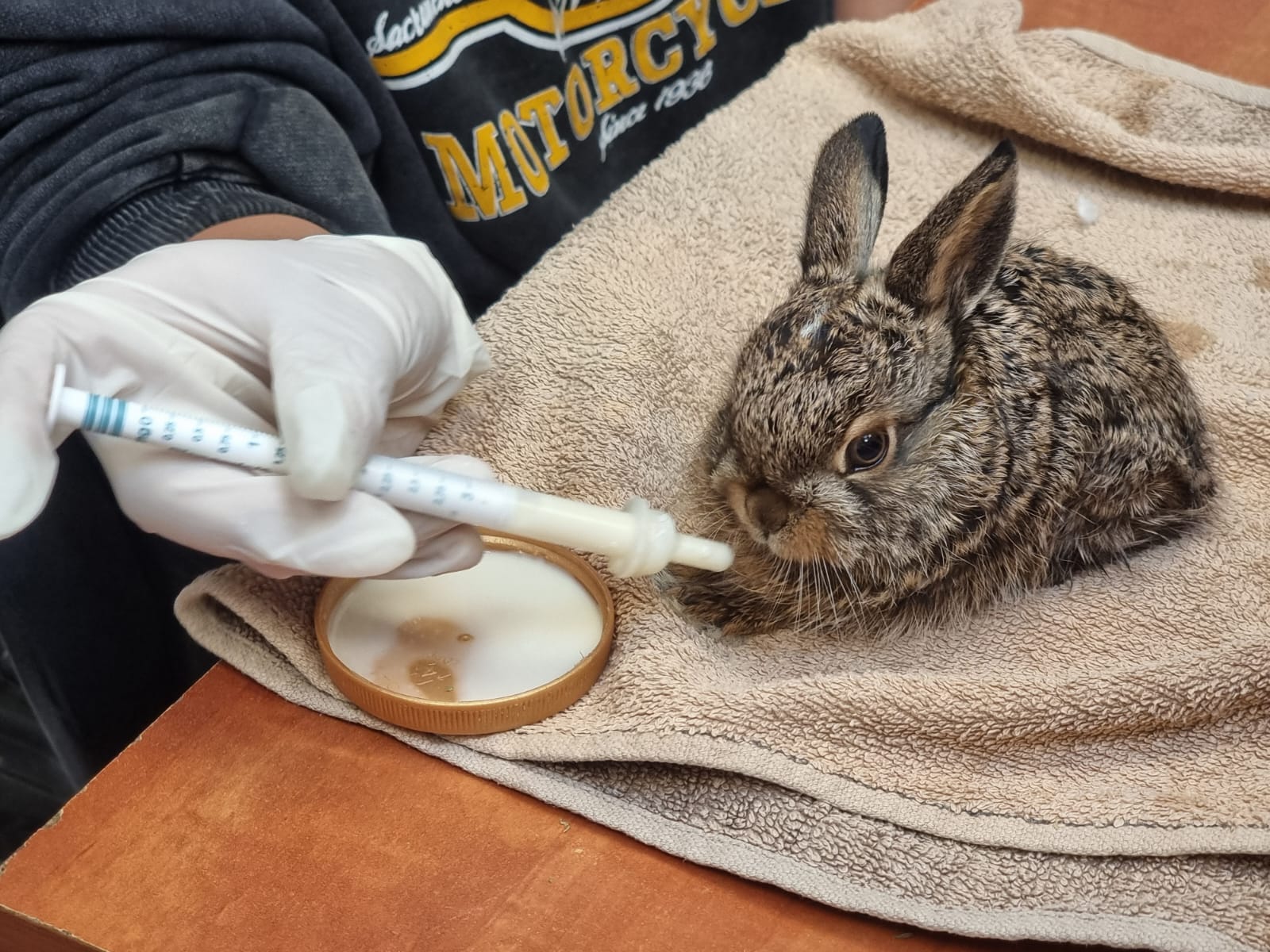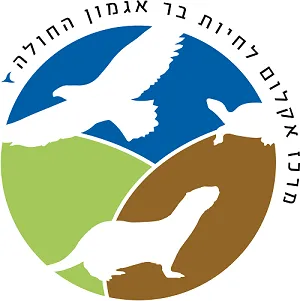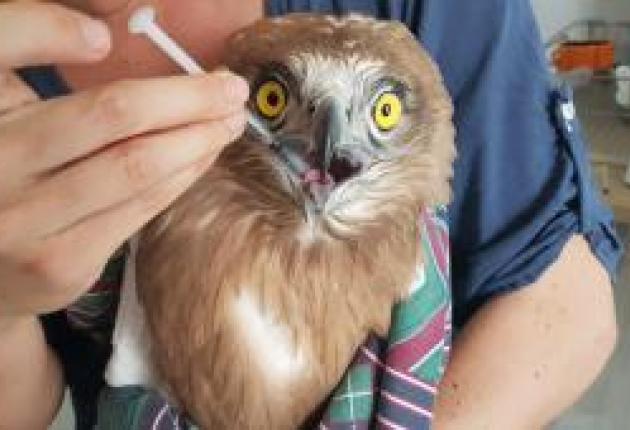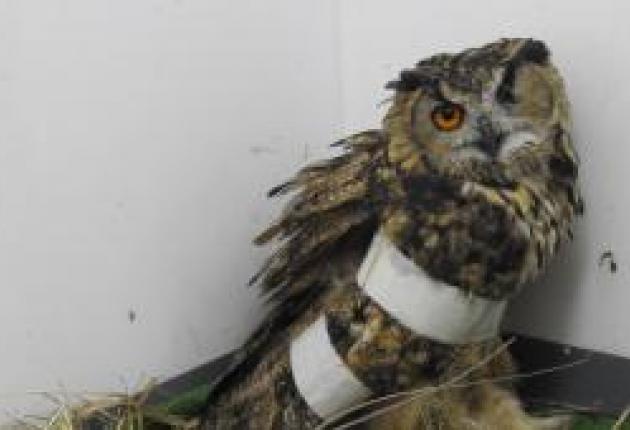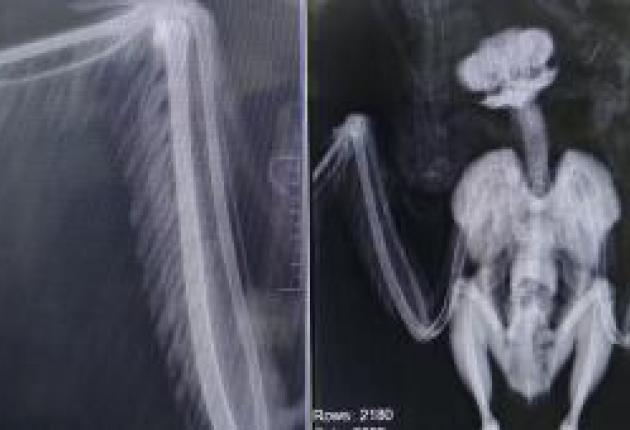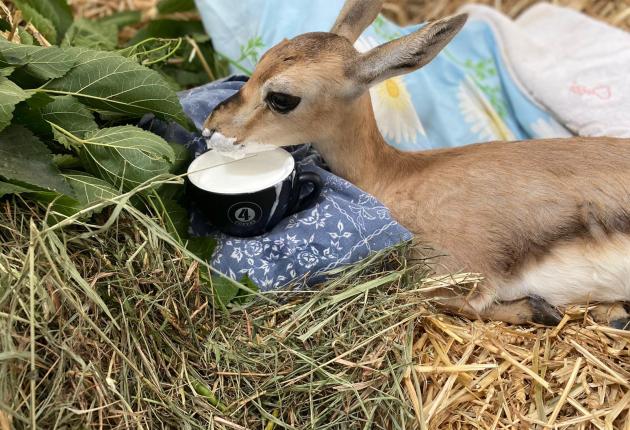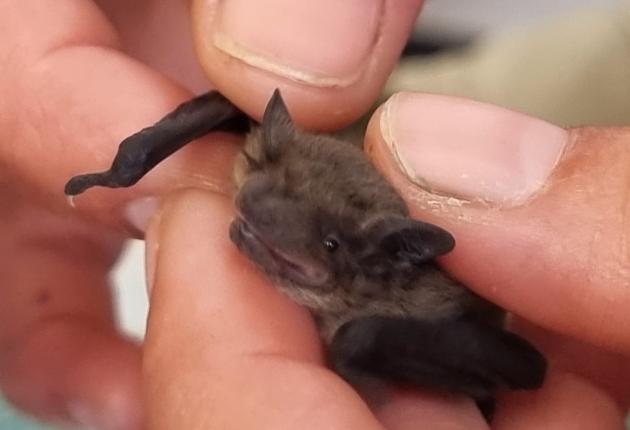Research Areas
• Survival and dispersal post rehabilitation in nocturnal raptor species
• Research on emotional resilience for wild animal handlers - in collaboration with Dr. Moshe Farhi, Head of the Department of Social Work in Tel Hai
• Collaboration in research on the reproductive status of European otter (Lutra lutra) in Agmon Hula by collecting eDNA
• Cooperation in a study on the feasibility of restoring the European water vole (Arvicola amphibius)
Staff and Researchers
Dr. Rona Nadler Valency – Head of Center
Mail: [email protected]
Yuli Van der Meer (MSc. Marine biology) – Administrator and Volunteer Coordinator (MSc. Marine biology)
Mail: [email protected]
Emmanuel Lurie – Research Cooredinator
Mail: [email protected]
Mai Avrahami (BSc. Tel-Hai animal science) – Head caretaker and rehabilitator
Itay Mizrahi (undergraduate student, Animal Science) – Caretaker
Omer Catz (undergraduate student, anumal science) – Caretaker
Research at the Lab
Comparison of survival and movement between wild-raised and rehabilitated common kestrels (Falco tinnunculus)
In the Rehabilitation Center, research is conducted on the survival and dispersal of wild birds after rehabilitation. Fledglings and recovering animals are fitted with a small sized ATLAS radio transmitter prior to release and are monitored using the ATLAS wildlife tracking system which provides important avian motion pattern information in the Hula Valley. Our researchers are trying to understand what the optimal rehabilitation protocols are for wild birds, comparing survival and dispersal patterns of wild and rehabilitated birds.
Emergency Clinic
The Emergency clinic’s goal is to provide a preliminary response to injured wildlife in the north of Israel (Upper Galilee and Golan). The clinic treats protected wildlife and puts an emphasis on endangered “red” species. Wild animals that arrive for treatment receive preliminary care and stay until they are ready to be returned to the wild or, if needed, are transferred to the wildlife hospital in Ramat Gan (“Safari”) for further procedures.
The clinic currently has all the basic equipment for the immediate treatment for injured wild animals but further requires advanced veterinary equipment to provide the best possible care for incoming patients.
Students from the animal science department in Tel-Hai academic college are offered a professional training program at the AWRC and gain academic points for volunteering at the center. Students submit an essay at the end of their course about a study case they assisted with and learned from.
Our staff is trained for veterinary and wildlife care and undergo professional continuing education every year. We would like to build an exchange program with professionals in the field of wildlife care and rehabilitation, so as to enrich and exchange our knowledge and experience with professionals around the world.
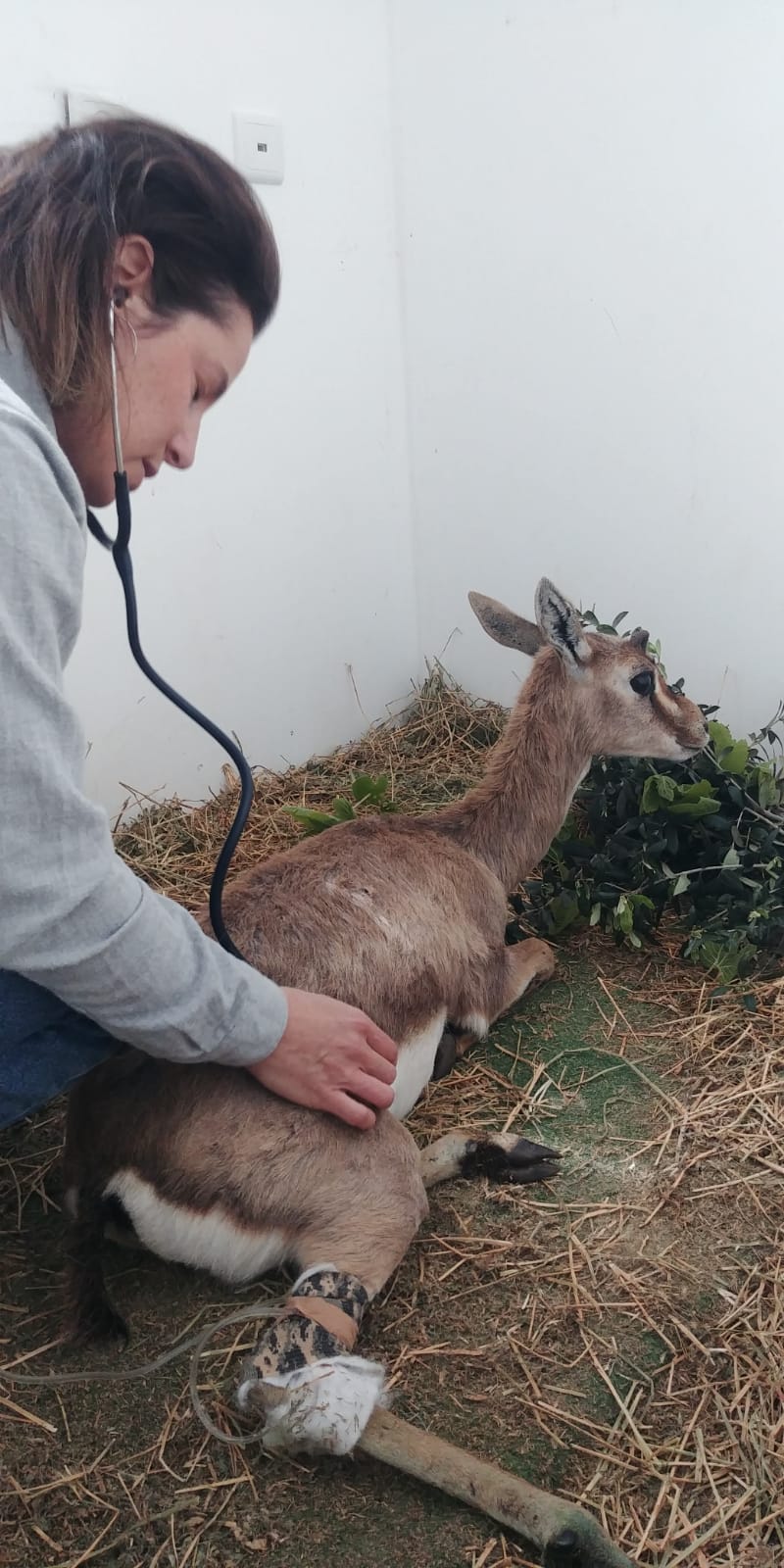
Nursery
During each spring through summer, the AWRC operates a nursery meant to care for nestlings and fledglings who fall from the nest and need feeding and care until maturation. The nursery also admits young orphaned mammals into care. In order to cater the needs of all these young animals, a team of staff and volunteers work around the clock to feed and tend to their needs, sometimes feeding them every 20 minutes. To accomplish this, every season about 20 volunteers from the community (ages 7 to 80) engage in this activity and some star volunteers continue to volunteer year-round assisting with daily routine care of animals and staff activities.
Rehabilitation Aviaries
The rehabilitation aviaries are meant to increase the animals’ chances for survival once they are returned to the wild after their treatment. The AWRC has three rehabilitation aviaries for raptors and songbirds. These aviaires were designed to give birds space to stretch their wings and relearn flight, room to practice hunting and behavior typical of their species, and of course a soft release into the natural surroundings of the Hula Valley.
The aviaries are active throughout the year, depending upon migration and nesting seasons, housed birds are; fledglings which have matured, adult birds who have healed from their injuries and patients from the wildlife hospital in the Safari park which have undergone surgery and require rehabilitation prior to release.
The aviaries are designed to enable “low intensity” of human presence, meaning they have an automated water system, a natural resident prey population and cameras which allow for remote observation. The aviaries are located in a natural setting and enable the peace and quiet the animals require for recuperation before release.
The staff monitors the housed animals on a daily basis to determine which animal is adequate for release and visits the aviaries only to provide supplementary food and required activities before release (such as transmitter placing and weight gain surveillance).
Education
Here at the AWRC we believe that taking care and rehabilitating and releasing injured wildlife is a lot, but not enough. wildlife face extreme anthropogenic threats on a daily basis and sadly their populations for the most part, are in decline. this is why at AWRC we are striving to create an education program which will commit to speaking the voice of wildlife, the dangers they face and how we can as a people alter this reality.
Currently, the Rehabilitation Center is working on developing an educational and informative program meant to teach the public about nature protection. This class will operate on two platforms.
The first platform will be tours of the Rehabilitation Center at Hula Lake. Maintaining the patient’s wellbeing will always be the first priority (looking into the clinic through a window and observing the wildlife in rehabilitation through screens). The second platform will focus on the instruction and education of communities that are not able to come to Hula Lake (schools, kindergartens, etc) by means of outreach programs.
Additional Services
• Wildlife disease monitoring (e.g. collection of samples from wild birds in the Avian flu outbreaks)
• Writing legal testaments regarding wildlife crime
Selected Publication
Horowitz IH, Yanco EG, Landau S, Nadler-Valency R., Anglister N, Bueller-Rosenzweig A, Apelbom-Halbersberg T, Cuneah O, Hanji V, Bellaiche M. Whole Blood Cholinesterase Activity in 20 Species of Wild Birds. J Avian Med Surg. 2016 Jun;30(2):122-6. doi: 10.1647/2014-044. PMID: 27315378. https://pubmed.ncbi.nlm.nih.gov/27315378/
Saragusty J, Shavit-Meyrav A, Yamaguchi N, Nadler R., Bdolah-Abram T, Gibeon L, et al. (2014) Comparative Skull Analysis Suggests Species-Specific Captivity-Related Malformation in Lions (Panthera leo). PLoS ONE 9(4): e94527. doi:10.1371/journal.pone.0094527 http://journals.plos.org/plosone/article?id=10.1371/journal.pone.0094527
Horowitz, I. H.; Yanco, E.; Nadler, R. V.; Anglister, N.; Landau, S.; Elias, R.; Lublin, A.; Perl, S.; Edery, N.; Rosenzweig, A. B. Acute Lead Poisoning in a Griffon Vulture (Gyps fulvus) in Israel. // Israel Journal of Veterinary Medicine; Sep2014, Vol. 69 Issue 3, p163 http://www.ijvm.org.il/node/381
Horowitz, I., Hatzofe, O., Anglister, N., Landau, S. & Nadler R. (2011) A five-year summary of wildlife treatment and rehabilitation at the Israeli Wildlife Hospital. International Conference on Diseases of Zoo and Wild Animals, Lisbon, Portugal, Vol. 2011, pp. 54-56 http://wildpro.twycrosszoo.org/S/00Ref/ProceedingsContents/p133.htm
Media
links

